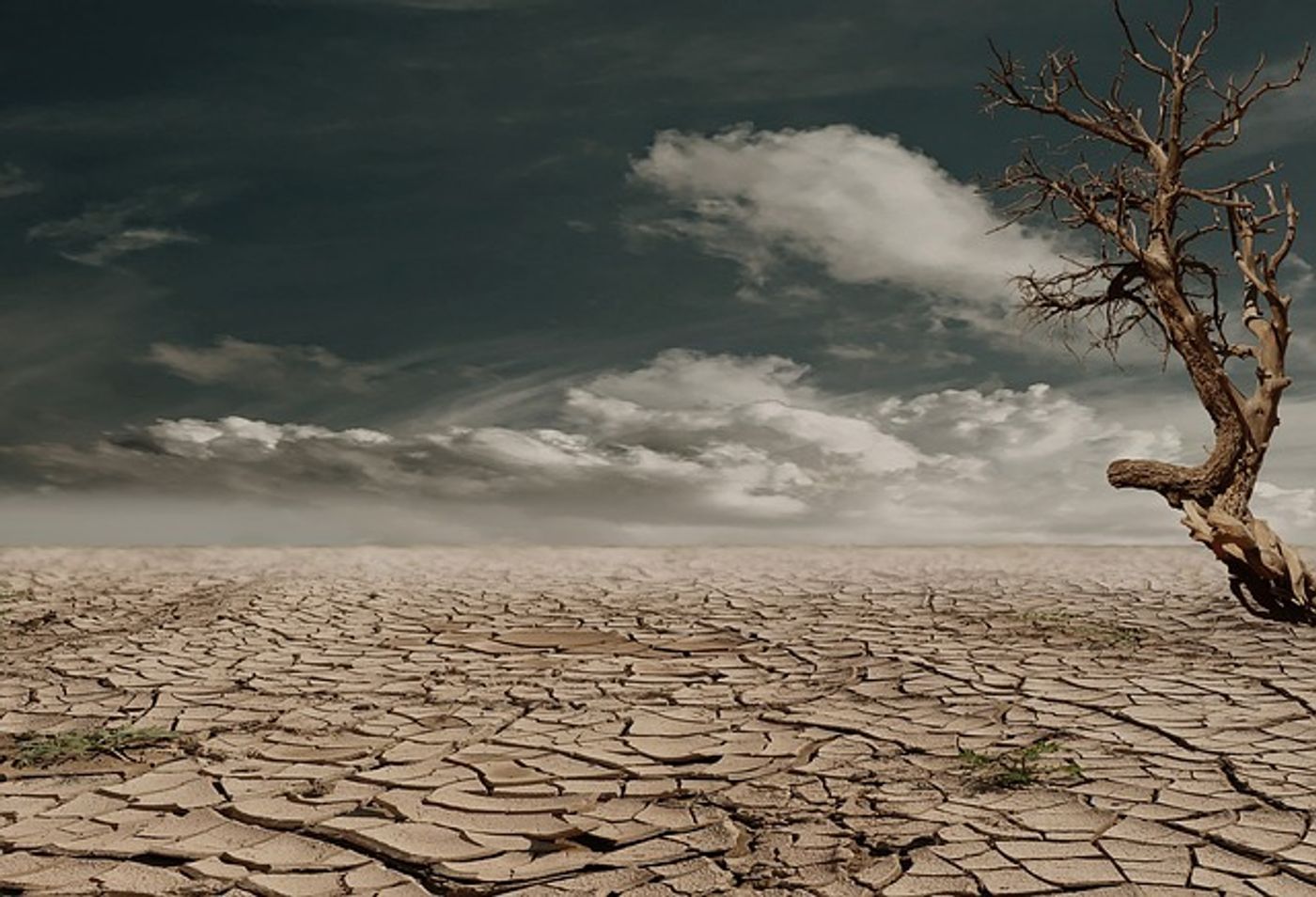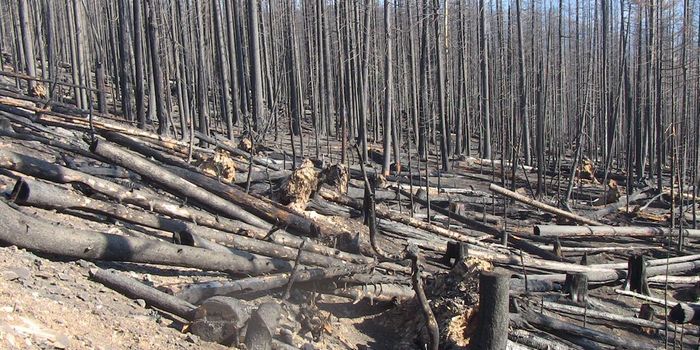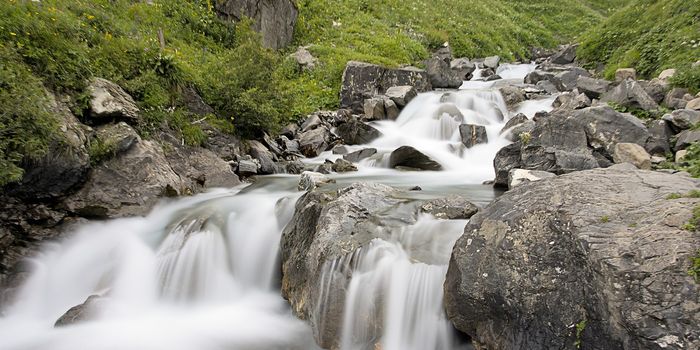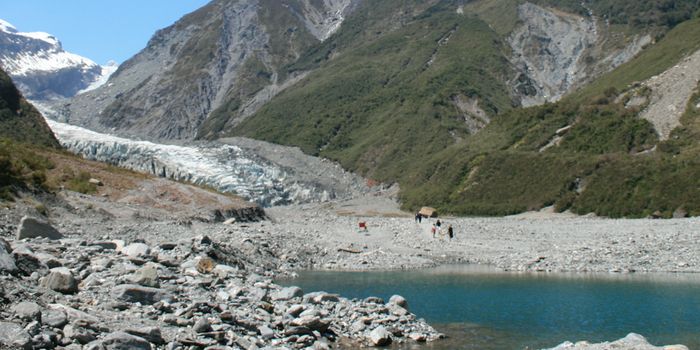Past extinction events due to temperature changes might not repeat for the future
In a recent study published in Biogeosciences, Professor Emeritus Kunio Kaiho of Tohoku University conducted a quantitative analysis between unexpected changes in land temperatures and extinctions of land animals. Their single-author findings indicated that while unexpected changes in the climate and environment combined with high-energy volcanic activity are related to the size of mass extinctions on ancient Earth, the same might not occur in the future because of human-caused temperature changes.
"These findings indicate that the bigger the shifts in climate, the larger the mass extinction," Kaiho said. "They also tell us that any prospective extinction related to human activity will not be of the same proportions when the extinction magnitude changes in conjunction with global surface temperature anomaly."
For the study, Kaiho examined marine invertebrates and terrestrial tetrapods and demonstrated that their extinction rates corresponded with changes in global surface temperatures of approximately 7°C, whether or not it was warming or cooling.
Kaiho references a previous study claiming that an average global temperature increase of 5.2°C would result in a mass extinction event similar to those experienced in the past. However, Kaiho’s analyses proposes that temperatures will need to increase by 9°C to trigger a mass extinction event, which will not happen until the year 2500 in a worst-case scenario.
"Although predicting the extent of future extinctions is difficult because causes will differ from preceding ones, there is sufficient evidence to suggest that any forthcoming extinction will not reach past magnitudes if global surface temperature anomalies and other environmental anomalies correspondingly change," Kaiho said.
Kaiho also discovered that because unexpected temperature changes on land is 2.2 times higher that sea surface temperatures, terrestrial tetrapods have a lower tolerance for climate change events than marine animals, while the opposite was discovered for changes in habitat temperatures.
Going forward, Kaiho is looking to predict future animal extinction magnitudes occurring between the years 2000-2500.
Sources: Biogeosciences
As always, keep doing science & keep looking up!









